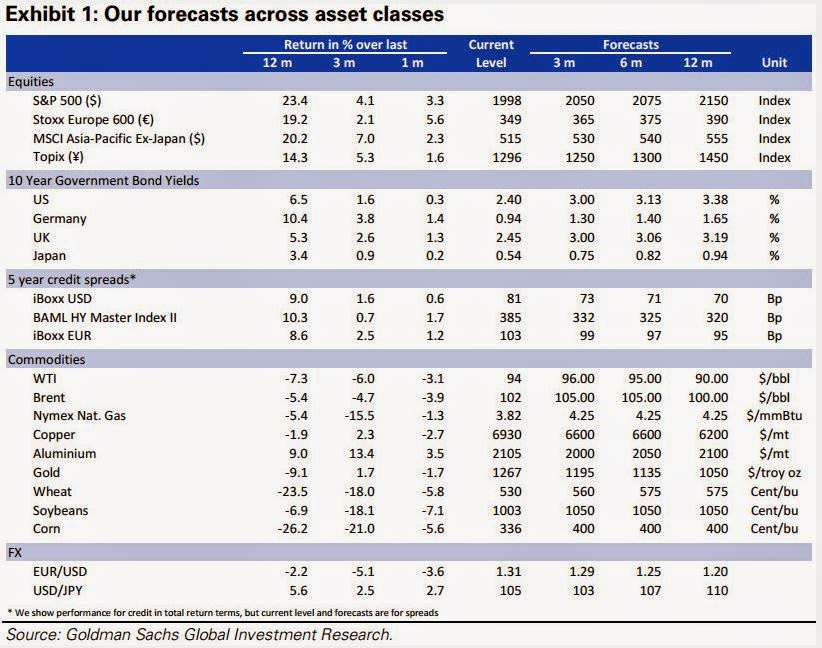Hi,
For the last two weeks, coming to market data regarding the economies of the countries in the European Union do not encourage, at least to me to buy the shares on the contrary, to reduce them in my wallet.
Starting from 21 August, PMI Manufacturing readings were below the previous readings. For example, for France dropped from 47.8 points to 46.5 points, for Germany fell from 52.9 points to 52.0 points. Across the euro area, this ratio was only 50.8 points.
On the same day in the evening we had a press conferenc where Mario Draghiego said: "If inflation drop continues, risks for price stability would increase and governing council would need to use all available tools"
The full report of the speech in the link here.
Despite the weak data, stock markets closed that day above prices at the beginning of the session.
August 25, one of the most important data was read German Ifo Business Climate, which recorded the fourth decline consecutive from 108 points to 106.3 points. Two days later, GfK German Consumer Climate also notes a decrease from 8.9 to 8.6
Analyzing further, Aug. 28, met on the inflation figures which largely also looks Draghi. And certainly at lower readings we have a chance to get to know more details about the introduction of QE program. But unfortunately the data was above expectations. In addition, all German Länder recorded readings above expectations. Therefore, in my view introduction in Europe QE moved away.
Most funny thing in that situation is that monetary easing never really reach business or households. Banks acquire inexpensive capital and turn 90% of it back into the financial markets thus inflating new balloons. Bank lending to households and businesses is not growing because the banks graduately raised the requirements for the new credit receivers, and those who have already borrowed - either don't want to risk for more or can't cover the banks tighter requirements. So ECB would never achieveemployment growth by pumping the financial markets with more devaluation of the currency value against hard equities. Without structural economy transitions - the QEs are just next recipe for crisis.
Turning to the main counterparts of M3 on the asset side of the consolidated balance sheet of Monetary Financial Institutions (MFIs), the annual growth rate of total credit granted to euro area residents was less negative at -1.9% in July 2014, from -2.3% in the previous month. The annual growth rate of credit extended to general government was less negative at -1.8% in July, from -2.6% in June and the annual growth rate of credit extended to the private sector was also less negative at -2.0% in July, from -2.2% in the previous month. Among the components of credit to the private sector, the annual growth rate of loans was less negative at -1.6% in July, from -1.8% in the previous month (adjusted for loan sales and securitisation2, the rate stood at -1.0%, compared with -1.1% in the previous month). The annual growth rate of loans to households stood at -0.5% in July, compared with -0.6% in June (adjusted for loan sales and securitisation, the rate stood at 0.5%, unchanged from the previous month). The annual growth rate of lending for house purchase, the most important component of household loans, was less negative at -0.1% in July, from -0.4% in the previous month. The annual growth rate of loans to non-financial corporations stood at -2.3% in July, unchanged from the previous month (adjusted for loan sales and securitisation, the rate stood at -2.2% in July, unchanged from the previous month). Finally, the annual growth rate of loans to non-monetary financial intermediaries (excluding insurance corporations and pension funds) was less negative at -4.9% in July, from -5.9% in the previous month.
September 1, further readings PMI Manufacturing, easily observe the subsequent weaker readings than the previous. Spanish PMI falls from 53.9 points to 52.8 points. Italian PMI once again falls below 50 points and recorded 49.8 points. For the whole European Union recorded a slight decrease from 50.8 points to 50.7 points.
And finally we have an amazing day today, September 3. In recent days, as it was nicely presented above you can see a big inflow of cash into the European markets. Despite the weak data major indexes have been registering growth. Today, in order to hide another weak data from the euro zone, appeared on the market the lie about the ceasefire in the conflict Russia with Ukraine. Markets strongly fired up. After a few minutes there were more messages stating that there is no agreement what more there was intense conflict. "Separatists reported that Kiev does not want an agreement and do not want to withdraw the army." It is clear that Putin wants to take control over Ukraine, but it is best if she gave up. What Ukraine will never do.
Tomorrow is an important day. Speech by Mario Draghi. After behavior the markets in recent days suggests that, at least those who bought the shares they expect to get more information on the introduction of QE. But I think that nothing will happen and the last increases were nothing justified.
I hope that I presented purely my current opinion. And that all aspects are understandable.
regards,
oscarjp















